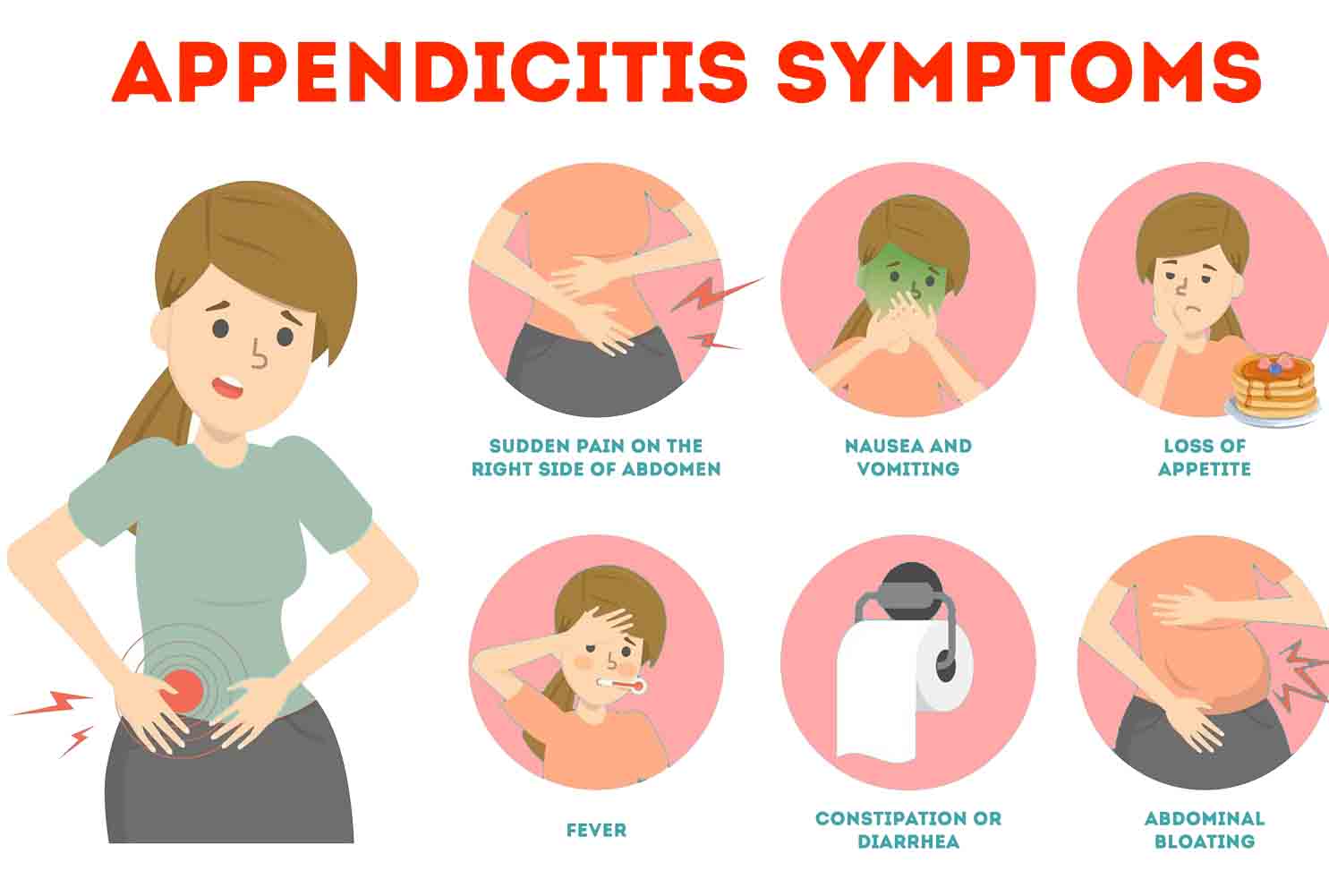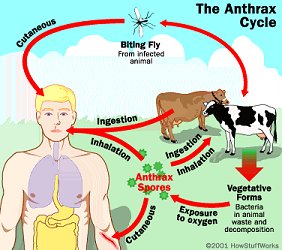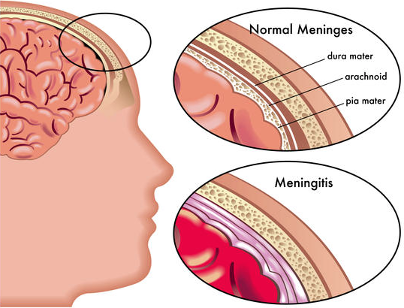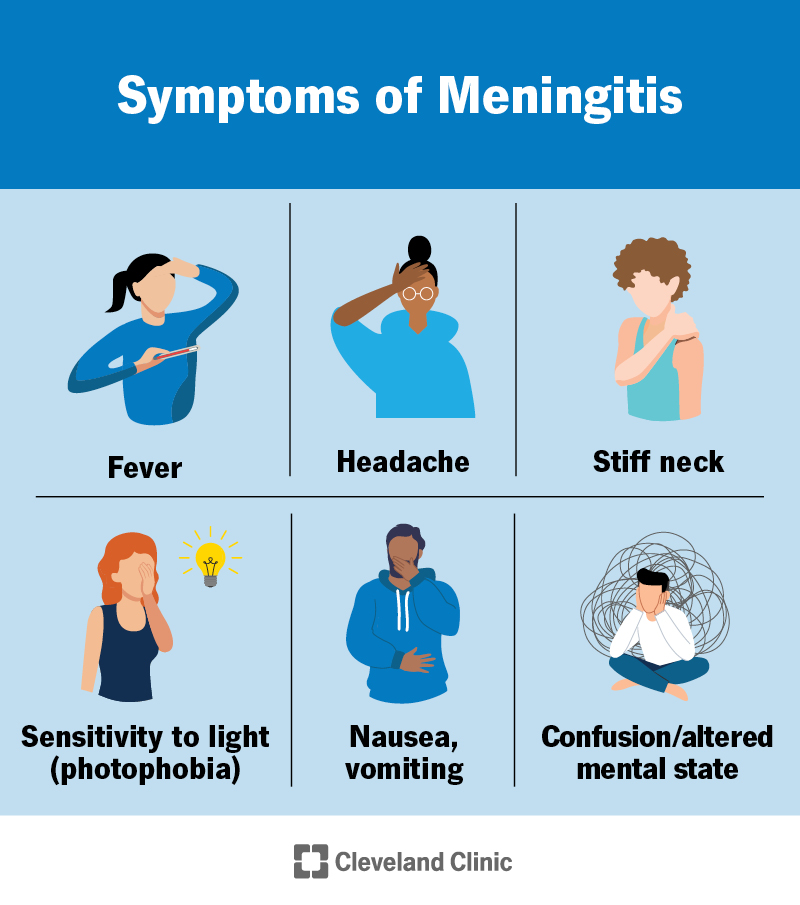Nursing Paper Example on Arthritis: Understanding, Managing, and Treating a Common Condition
Nursing Paper Example on Arthritis: Understanding, Managing, and Treating a Common Condition
Causes
Arthritis manifests from a variety of factors, ranging from genetic predispositions to lifestyle choices. Among the primary causes are:
- Genetics: Hereditary factors play a significant role in many types of arthritis, such as rheumatoid arthritis and ankylosing spondylitis. Individuals with a family history of arthritis are at a higher risk of developing the condition.
- Age: As individuals age, the risk of developing arthritis increases. Wear and tear on joints over time, known as osteoarthritis, is common among older adults.
- Joint Injury: Previous joint injuries, such as fractures or ligament tears, can predispose individuals to arthritis. Traumatic injuries may lead to the development of post-traumatic arthritis, characterized by joint degeneration following injury.
- Infection: Certain infections, such as Lyme disease or bacterial or viral infections affecting the joints, can trigger inflammatory forms of arthritis.
- Autoimmune Disorders: Conditions like rheumatoid arthritis and systemic lupus erythematosus involve the immune system attacking healthy joint tissues, leading to chronic inflammation and joint damage.
- Obesity: Excess weight places added stress on weight-bearing joints like the knees and hips, increasing the risk of developing osteoarthritis.
- Occupation and Lifestyle: Jobs involving repetitive joint movements or heavy lifting can contribute to arthritis development. Additionally, lifestyle factors such as smoking, poor diet, and lack of exercise can exacerbate inflammation and joint damage.
- Environmental Factors: Exposure to environmental pollutants or toxins may contribute to the development of certain types of arthritis.
Understanding these diverse causes of arthritis is crucial for both prevention and management strategies. By addressing modifiable risk factors and adopting healthy lifestyle habits, individuals can mitigate their risk of developing arthritis and manage the condition more effectively if it does occur. (Nursing Paper Example on Arthritis: Understanding, Managing, and Treating a Common Condition)
Signs and Symptoms
Etiology
The etiology of arthritis varies depending on the specific type and contributing factors. Understanding the underlying causes is essential for effective management and treatment. Key etiological factors include:
- Genetic Predisposition: Genetics play a significant role in many types of arthritis, contributing to an individual’s susceptibility to developing the condition. Certain genetic variations can increase the likelihood of developing rheumatoid arthritis, ankylosing spondylitis, or other autoimmune forms of arthritis.
- Autoimmune Dysfunction: In autoimmune forms of arthritis like rheumatoid arthritis, the immune system mistakenly attacks healthy joint tissues, leading to chronic inflammation and joint damage. Genetic and environmental factors can trigger this autoimmune response.
- Age and Wear and Tear: Osteoarthritis, the most common form of arthritis, often develops with age as joint cartilage deteriorates over time. Factors such as repetitive stress on joints, previous injuries, or obesity can accelerate this wear and tear process.
- Infection: Certain infections can trigger inflammatory forms of arthritis. For example, bacterial or viral infections affecting the joints can lead to reactive arthritis or septic arthritis, characterized by joint inflammation and damage.
- Environmental Factors: Environmental factors such as exposure to pollutants, toxins, or infectious agents may contribute to the development of arthritis in susceptible individuals. Smoking, for example, is associated with an increased risk of rheumatoid arthritis.
- Lifestyle Factors: Sedentary lifestyles, poor dietary habits, and obesity can contribute to the development of arthritis, particularly osteoarthritis. Excessive weight places added stress on weight-bearing joints, accelerating cartilage degeneration.
- Occupational Hazards: Certain occupations involving repetitive joint movements, heavy lifting, or exposure to joint injury risks can increase the likelihood of developing arthritis over time.
By understanding the multifaceted etiology of arthritis, healthcare professionals can tailor treatment approaches to address specific underlying causes and improve patient outcomes. (Nursing Paper Example on Arthritis: Understanding, Managing, and Treating a Common Condition)
Pathophysiology
DSM-5 Diagnosis
The Diagnostic and Statistical Manual of Mental Disorders, Fifth Edition (DSM-5), does not provide specific diagnostic criteria for arthritis as it primarily focuses on mental health disorders. However, healthcare professionals utilize a combination of clinical assessments, imaging studies, and laboratory tests to diagnose arthritis effectively.
- Physical Examination: Healthcare providers conduct a thorough physical examination to assess joint tenderness, swelling, warmth, and range of motion. Joint deformities and functional limitations are also evaluated.
- Medical History: A detailed medical history is essential for diagnosing arthritis. Patients are asked about their symptoms, duration of joint pain and stiffness, previous joint injuries, family history of arthritis, and any underlying medical conditions.
- Imaging Studies: X-rays, magnetic resonance imaging (MRI), and ultrasound imaging may be used to visualize joint abnormalities, assess the extent of joint damage, and monitor disease progression. These imaging modalities can reveal joint space narrowing, cartilage loss, bone erosions, and soft tissue inflammation.
- Laboratory Tests: Blood tests are often performed to evaluate markers of inflammation and autoimmune activity. Elevated levels of C-reactive protein (CRP), erythrocyte sedimentation rate (ESR), and rheumatoid factor (RF) may indicate inflammatory arthritis such as rheumatoid arthritis. Testing for specific antibodies like anti-cyclic citrullinated peptide (anti-CCP) antibodies and anti-nuclear antibodies (ANA) can aid in diagnosing autoimmune forms of arthritis.
- Synovial Fluid Analysis: In cases of suspected septic arthritis or crystal-induced arthritis like gout, analysis of synovial fluid obtained through joint aspiration can provide valuable diagnostic information, including the presence of infectious organisms or urate crystals.
While the DSM-5 does not provide specific diagnostic criteria, healthcare professionals utilize a comprehensive approach involving clinical assessment, imaging studies, and laboratory tests to accurately diagnose and differentiate various types of arthritis. Early and accurate diagnosis is essential for initiating appropriate treatment and improving patient outcomes. (Nursing Paper Example on Arthritis: Understanding, Managing, and Treating a Common Condition)
Treatment Regimens and Patient Education
Effective management of arthritis requires a multimodal approach aimed at alleviating symptoms, slowing disease progression, and improving overall joint function. Treatment regimens often incorporate a combination of medication, physical therapy, lifestyle modifications, and patient education.
- Medications:
- Pain Relievers: Nonsteroidal anti-inflammatory drugs (NSAIDs) such as ibuprofen and naproxen are commonly used to reduce pain and inflammation in arthritis.
- Disease-Modifying Antirheumatic Drugs (DMARDs): For autoimmune forms like rheumatoid arthritis, DMARDs like methotrexate and sulfasalazine are prescribed to suppress immune activity and slow disease progression.
- Biologic Agents: Biologic therapies targeting specific immune pathways are reserved for moderate to severe rheumatoid arthritis and other autoimmune types refractory to conventional treatments.
- Corticosteroids: Short-term use of corticosteroids may provide rapid relief of inflammation during arthritis flares but is generally reserved for short-term use due to long-term side effects.
- Physical Therapy:
- Range-of-Motion Exercises: Gentle stretching and range-of-motion exercises help maintain joint flexibility and prevent stiffness.
- Strength Training: Strengthening exercises targeting muscles around affected joints can improve stability and reduce pain.
- Low-Impact Aerobic Activities: Activities like walking, swimming, and cycling help improve cardiovascular health and joint mobility without placing excessive stress on joints.
- Lifestyle Modifications:
- Weight Management: Maintaining a healthy weight reduces stress on weight-bearing joints and slows disease progression in osteoarthritis.
- Joint Protection: Avoiding repetitive movements, using assistive devices like braces or splints, and practicing proper body mechanics can help protect joints from further damage.
- Healthy Diet: Consuming a balanced diet rich in fruits, vegetables, whole grains, and omega-3 fatty acids may help reduce inflammation and improve overall joint health.
- Patient Education:
- Understanding the Condition: Educating patients about the underlying causes, symptoms, and potential complications of arthritis empowers them to actively participate in their treatment plan.
- Medication Management: Providing information about prescribed medications, including potential side effects and proper administration, enhances medication adherence and efficacy.
- Joint Protection Techniques: Teaching patients proper joint protection techniques, ergonomic adaptations, and energy conservation strategies helps minimize pain and maximize function in daily activities.
- Importance of Exercise: Emphasizing the benefits of regular exercise in maintaining joint flexibility, strength, and overall physical and mental well-being encourages patients to incorporate physical activity into their daily routine.
By combining medication management, physical therapy, lifestyle modifications, and patient education, healthcare professionals can develop comprehensive treatment regimens tailored to individual patient needs, improving arthritis management and enhancing overall quality of life. (Nursing Paper Example on Arthritis: Understanding, Managing, and Treating a Common Condition)








 Causes
Causes:max_bytes(150000):strip_icc()/VWH_Illustration_Allergen-Types-and-Triggers_Illustrator_Sydney-Saporito_Final-00bb7f7393d6436e9dc347e85a0ec0b3.jpg)

:max_bytes(150000):strip_icc()/hiv-aids-symptoms-4014373-final-ct-003ab16aa2f64faa9209cf4e6a71a555.png)










